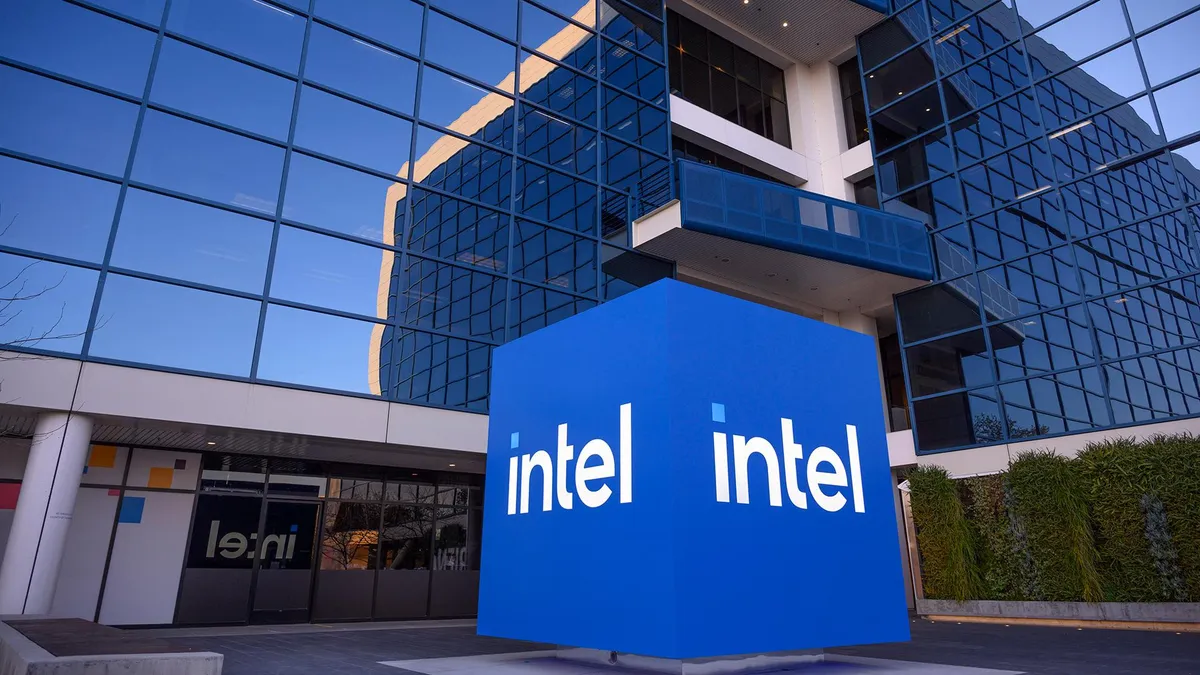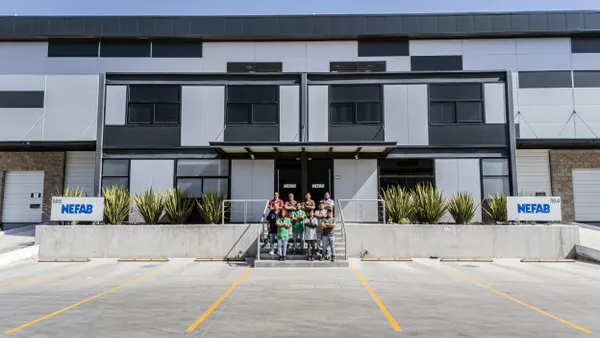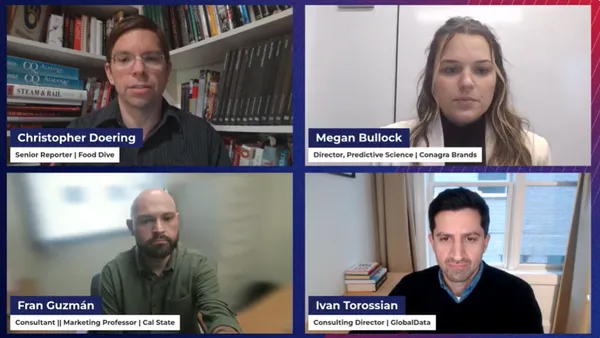Dive Brief:
- Intel was awarded up to $3 billion under the CHIPS and Science Act on Monday to manufacture leading-edge semiconductors for the Department of Defense.
- The award is Intel’s second under the CHIPS Act, and builds on previous projects between the Defense Department and the company to produce advanced chips.
- The announcement is separate from the $8.5 billion CHIPS funding Intel received in March to support semiconductor manufacturing at sites in Arizona, New Mexico, Ohio and Oregon.
Dive Insight:
The initiative, dubbed Secure Enclave, aims to boost the U.S.’s supply of microelectronics systems for national security use. The money will also promote the commercial readiness of Intel’s most advanced design and process technology, Intel 18A. The upcoming technology is on track for production in 2025, the release stated.
While the CHIPS Act funding program is administered by the Commerce Department, the Defense Department will execute the funding of the Secure Enclave award, according to a joint statement from the two agencies Monday.
The award strengthens Intel’s ongoing collaborations with the agency. In 2020, the chipmaker signed a deal allowing the U.S. government to access Intel’s semiconductor packaging capabilities at its Arizona and Oregon fabs. In April 2023, Intel delivered the first multi-chip package prototypes under the program to BAE Systems and the government.
Intel agreed in 2021 to produce custom and integrated circuits for critical DoD systems. Since then, the company has onboarded several defense customers to its commercial foundry, including Boeing, Northrop Grumman, Microsoft, IBM and Nvidia. The chip company was awarded phase three of the project in April and made progress in developing early defense industry base product prototypes, the release stated.
The award will also help toward the company’s expensive goal to bulk up its internal foundry business.
Intel’s revenue dropped 1% year over year in Q2, hitting $12.8 billion. In August, the chipmaker disclosed plans to lay off 15% of its workforce, roughly 15,000 jobs, by the end of 2025 in a bid to cut $10 billion in spending next year.












